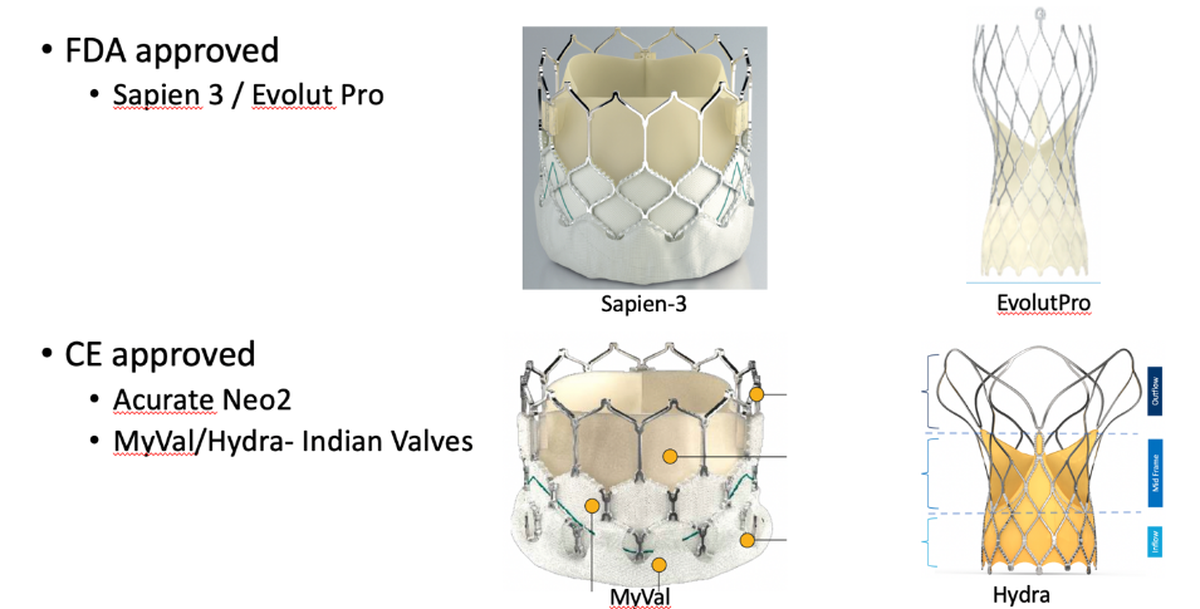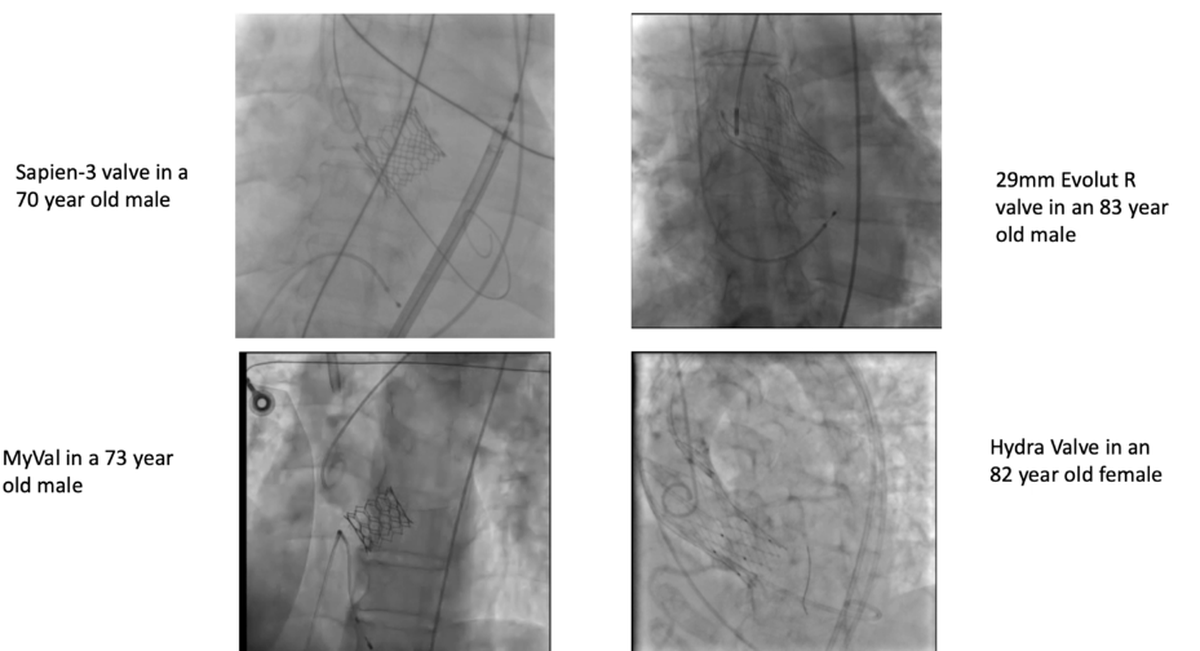
Prompt treatment is crucial upon symptom onset, and recent evidence even supports treating severe cases before symptoms appear | Image used for representational purpose only
| Photo Credit: File Photo
Aortic valve is a door that separates the heart from the aorta, the largest artery that carries blood to different organs of our body. As we grow older and older, the valve becomes dysfunctional. It becomes stiff and calcified (like a bony structure) that restricts its movements

Severe aortic valve disease, specifically stenosis (narrowing) or regurgitation (leaking), can lead to heart failure and other serious complications, requiring prompt diagnosis and treatment
| Photo Credit:
Special Arrangement
The most common causes of aortic stenosis are degenerative aortic valve disease, bicuspid aortic valve disease and rheumatic heart disease. As the survival of the population increases, we expect more patients are likely to develop this problem.
The prevalence of aortic valve stenosis (AS) has been reported to be 0.4% in the general population and as high as 2.8% in people above the age of 75 years. It is also estimated that more than 10% of individual may have it after 80 years.

Symptoms and diagnosis
Most of the patients remain asymptomatic till the disease becomes severe. The symptoms that can happen in this diseases include breathlessness, chest pain, syncope (passing out) and fatigue. Some of the individuals develop the weakness of the left side of the heart due to this disease.
In addition to clinical examination, echocardiogram plays pivotal role in diagnosing the problem where the pressure gradient between heart and aorta increases above a mean of 40 mm Hg to be called as severe aortic stenosis. However, due to various factors like poor echo window, improper techniques and associated weakness of the heart there could be potential delays in diagnosing the problem. This could be avoided if the test is appropriately done.
In patients with severe weakness of the heart, the heart muscle cannot generate enough pressure to identify the problem. This could be sorted out by performing special echocardiogram like dobutamine stress echocardiogram.
Need for treatment
Once symptoms start to occur, the clinical deterioration can be rapid, with survival rates of only 15–50% at 5 years. Hence, it needs to be treated once the patient develops symptoms. Recent evidence recommends treatment of such patients with severe disease even if they are asymptomatic.
What are the treatment options?
Until a few years ago, the treatment for this condition was surgical replacement of the valve through open-heart surgery.

TAVI/TAVR are medical procedures that replace damaged or diseased aortic valve without open-heart surgery.
| Photo Credit:
Special Arrangement
In 2002, professor Alain Cribier performed the first percutaneous valve replacement procedure in France, where a new valve is implanted into the old, diseased valve via the arteries. This procedure is known as Transcatheter Aortic Valve Replacement (TAVI) or Transcatheter Aortic Valve Implantation (TAVR). Since then, many studies have been conducted across all risk categories of patients with severe symptomatic aortic stenosis, which have clearly shown that TAVI is either superior to or non-inferior to Surgical Aortic Valve Replacement (SAVR). TAVI is a minimally invasive procedure, and patients can often be discharged successfully within 2-3 days after the procedure.”
In younger patients, Surgical Aortic Valve Replacement (SAVR) remains the treatment of choice. However, in older patients, the ACC/AHA (American College of Cardiology/American Heart Association) guidelines suggest considering Transcatheter Aortic Valve Implantation (TAVI) through the leg arteries for patients aged 65 or older, or for those expected to have a life expectancy of less than 10 years.

TAVI is recommended for patients over 75. A heart team, including patient input, should collaborate on procedure decisions.
| Photo Credit:
Special Arrangement
The ESC (European Society of Cardiology) recommends considering TAVI for patients older than 75. The option of a shared decision-making process, involving a heart team consisting of an interventional cardiologist, an imaging cardiologist, and a cardiac surgeon, with the patient at the centre, should always be followed when selecting the procedure. In this process, the patient’s wishes and preferences should also be carefully considered.
Dr. S. Nagendra Boopathy is a specialist in complex coronary and percutaneous valve Therapies, professor of cardiology & senior consultant interventional cardiologist, Sri Ramachandra Institute of Higher Education and Research, Chennai. He can be reached at [email protected]
Published – March 27, 2025 06:43 pm IST

